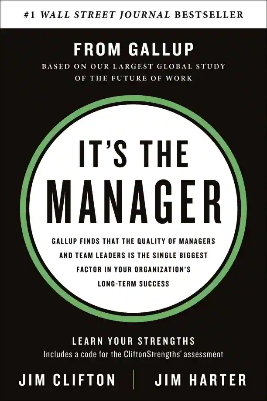
The Role of Discipline in Practice Success
Success in chiropractic or healthcare practices often correlates with discipline, much like weightlifting. While not universal, many successful doctors embrace the discomfort and effort required to achieve their goals, similar to consistent training.
Why Discipline Matters
Discipline means doing what’s necessary, even when it’s tough, and avoiding distractions or shortcuts. Like weightlifting or enduring hard work (e.g., the author’s father throwing sawdust down his shirt to toughen up for a grueling job), disciplined professionals push through challenges to achieve lasting success.
Jim Collins’ Insights on Discipline
In Good to Great, Jim Collins identifies discipline as key to transforming good businesses into great ones, applicable to chiropractic practices:
Disciplined People:
- Leadership: Great leaders prioritize the practice’s success over personal gain, showing diligence and humility.
- Team: Hire self-disciplined staff who don’t need micromanaging.
Disciplined Thought:
- Face tough realities with courage while maintaining faith in long-term success.
- Focus on what the practice is passionate about, excels at, and can profit from (Hedgehog Concept), avoiding distractions.
Disciplined Action:
- Success comes from persistent, incremental efforts, like pushing a flywheel, not one grand action.
- Stay focused on long-term goals, as greatness stems from disciplined choices, not circumstances.
Apply Discipline in Your Practice
Knowing what to do isn’t enough—discipline is executing it consistently. Embrace challenges, stay focused, and build momentum for lasting success.
Seize the Future,
Ed






 Normandy, France
Normandy, France






 Start the Day with Purpose
Start the Day with Purpose





